Stainless Steel: Rust-Proof and Maintenance-Free
Stainless steel is the most corrosion-resistant option for power rack uprights. It will never rust, making it ideal for long-term, low-maintenance use—especially in humid or coastal environments. The most commonly used type is 304 stainless steel, which offers excellent durability and is considered industry standard. Over time, 304 may develop a light yellowish tint, but this is only cosmetic and does not affect performance. If aesthetic consistency is a concern, 316 stainless steel offers higher resistance to tarnishing, though it is significantly more expensive. One downside to stainless is its lower yield strength compared to mild steel, meaning it can deform more easily under pressure. It is also harder to drill or shape, and typically costs more. That said, for those seeking the cleanest finish and best longevity with minimal upkeep, stainless remains the top-tier choice.
Hot-Dipped Galvanized Steel: Long-Lasting and Cost-Effective
Hot-dip galvanizing involves submerging the steel in molten zinc, creating a thick, durable layer that covers both the outside and inside of the tubing. This coating protects the steel from rust for 20 to 30 years or more, even in challenging environments. While the zinc layer starts off bright and shiny, it will gradually develop a matte grey patina that continues to protect the metal underneath. This method is highly recommended for its all-around protection, affordability, and long lifespan. One consideration is that impact points—such as where a barbell hits—can wear down the zinc coating over time. To prevent this, you can add rubber strips or UHMW plastic liners in those areas to minimize direct contact and preserve the coating.
Powder Coating: Clean Finish, Limited Durability
Powder coating is applied as a dry powder and then baked onto the surface of the steel, forming a tough, plastic-like outer shell. It offers a clean and professional finish, commonly seen on gym equipment. However, powder coating only protects the exterior surface—leaving the inside of the tubing vulnerable to internal rust if moisture seeps in. Additionally, the coating can chip or crack in areas that experience repeated impact, such as bar catches or J-cups. Once the coating is damaged, rust can form quickly beneath the surface. While suitable for indoor, light-to-moderate use, powder-coated racks require occasional touch-ups to maintain protection.
Painted Steel (Enamel Coating): Budget-Friendly but Short-Lived
Another common method for protecting mild steel is using a metal oxide primer followed by an enamel paint coating. This is an affordable option that offers basic resistance to corrosion. However, painted finishes are prone to chipping—especially at welds, corners, or joints where water may collect. Once the paint is damaged, exposed metal will rust quickly, particularly in high-humidity environments. While touch-ups and regular maintenance can extend the life of the finish, painted steel generally does not offer the same durability or protection as galvanized or stainless options. This method is best suited for indoor setups with careful handling.
Electro-Galvanizing and Chrome: Not Recommended for Racks
Electro-galvanizing involves applying a thin layer of zinc via an electrical current in a solution bath. While it provides a cleaner and more uniform appearance than hot-dip galvanizing, the thinner coating is far less durable. It may be suitable for small decorative parts but is not ideal for high-impact fitness equipment. Chrome plating, while aesthetically appealing, is expensive, hard to apply to large structures, and prone to cracking or peeling. Neither of these methods offer the long-term protection needed for power rack uprights, especially in demanding training environments.
Final Notes on Maintenance
Regardless of which method you choose, proper design and maintenance are key. Always seal the ends of steel tubing to prevent moisture from entering and rusting from the inside out. If your rack is stored in a garage, basement, or coastal region, consider using a dehumidifier and regularly inspecting joints or high-contact areas. Simple additions like rubber padding in wear zones can make a big difference in preserving the finish. With the right choice of material and a few preventative steps, your power rack can stay strong and rust-free for many years to come.



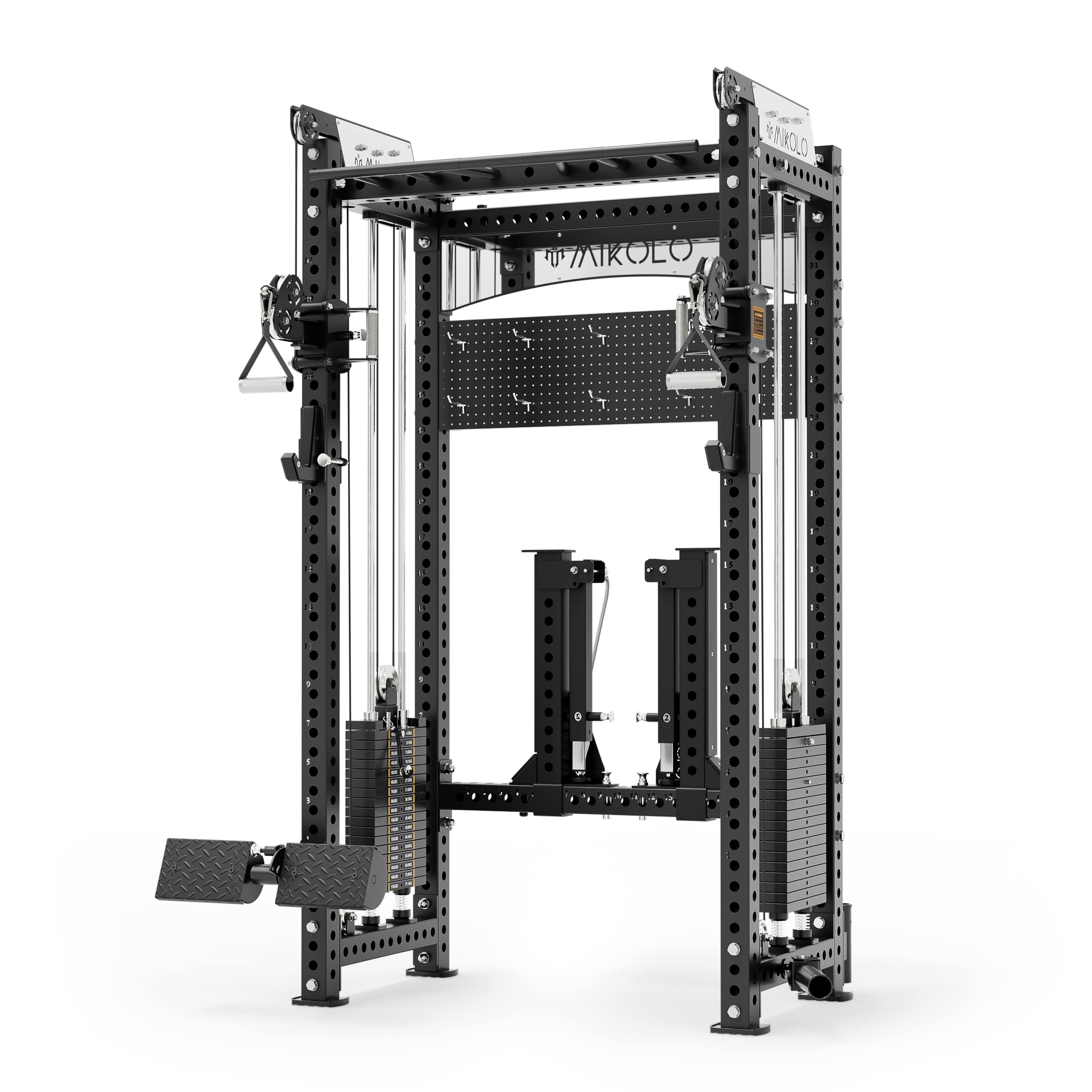

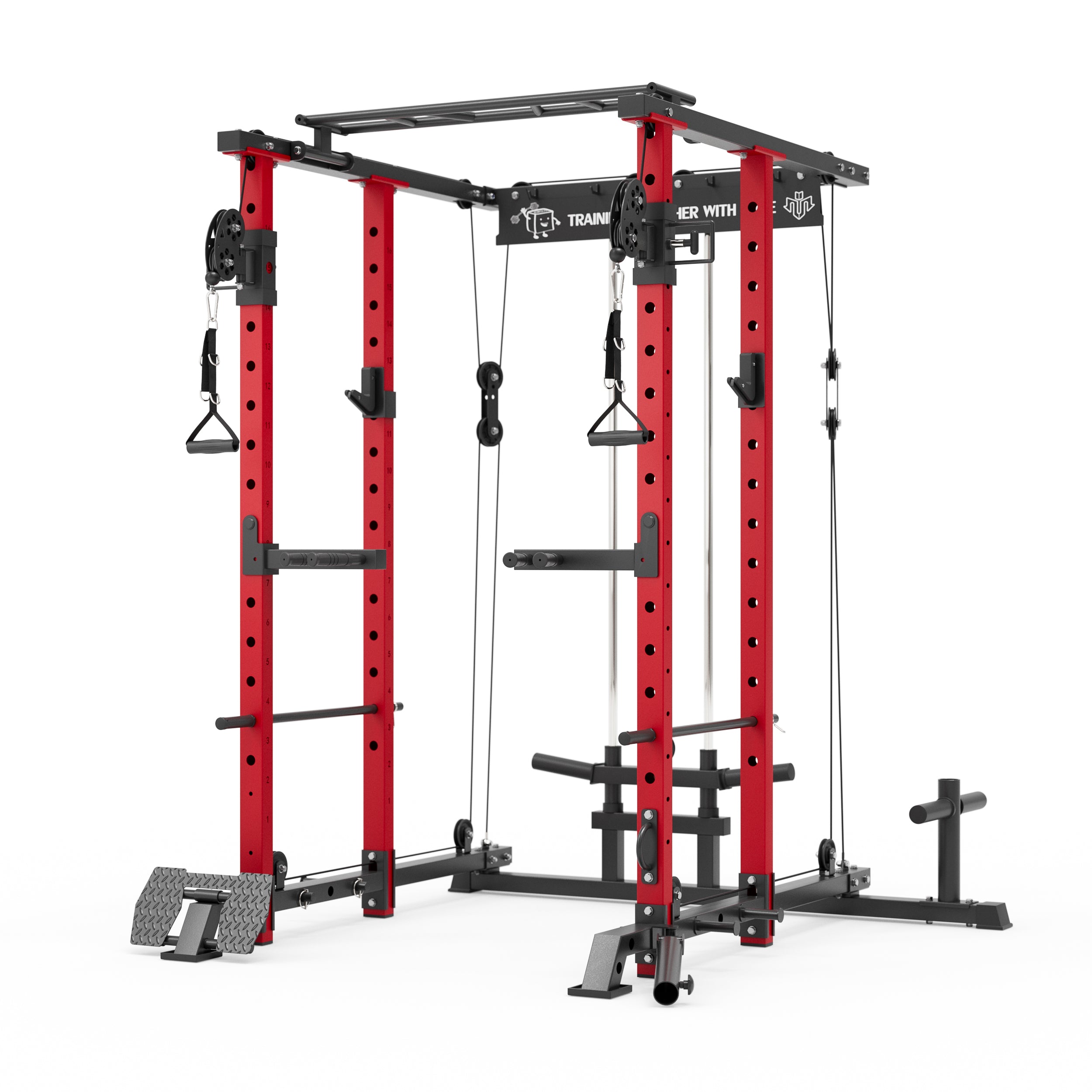


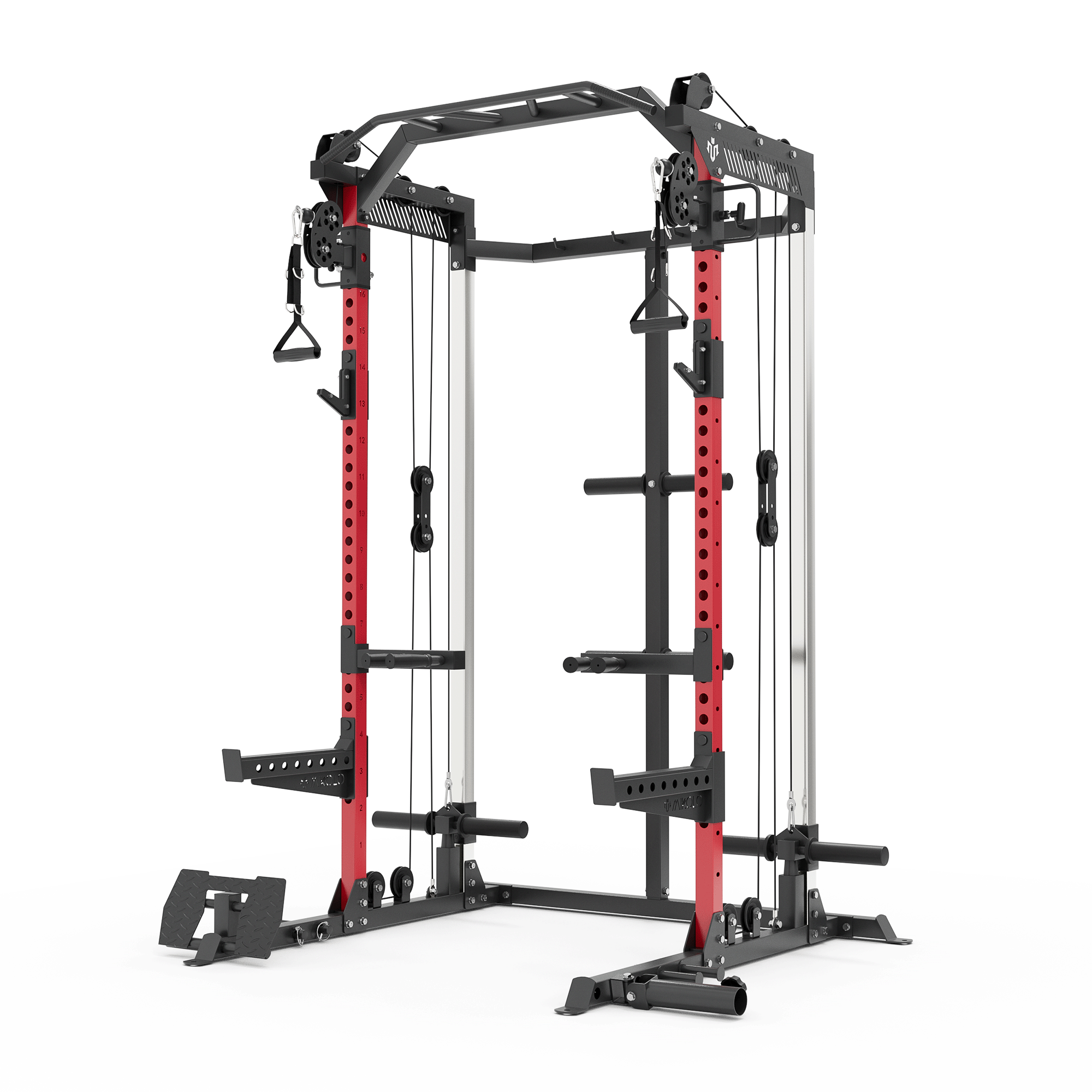





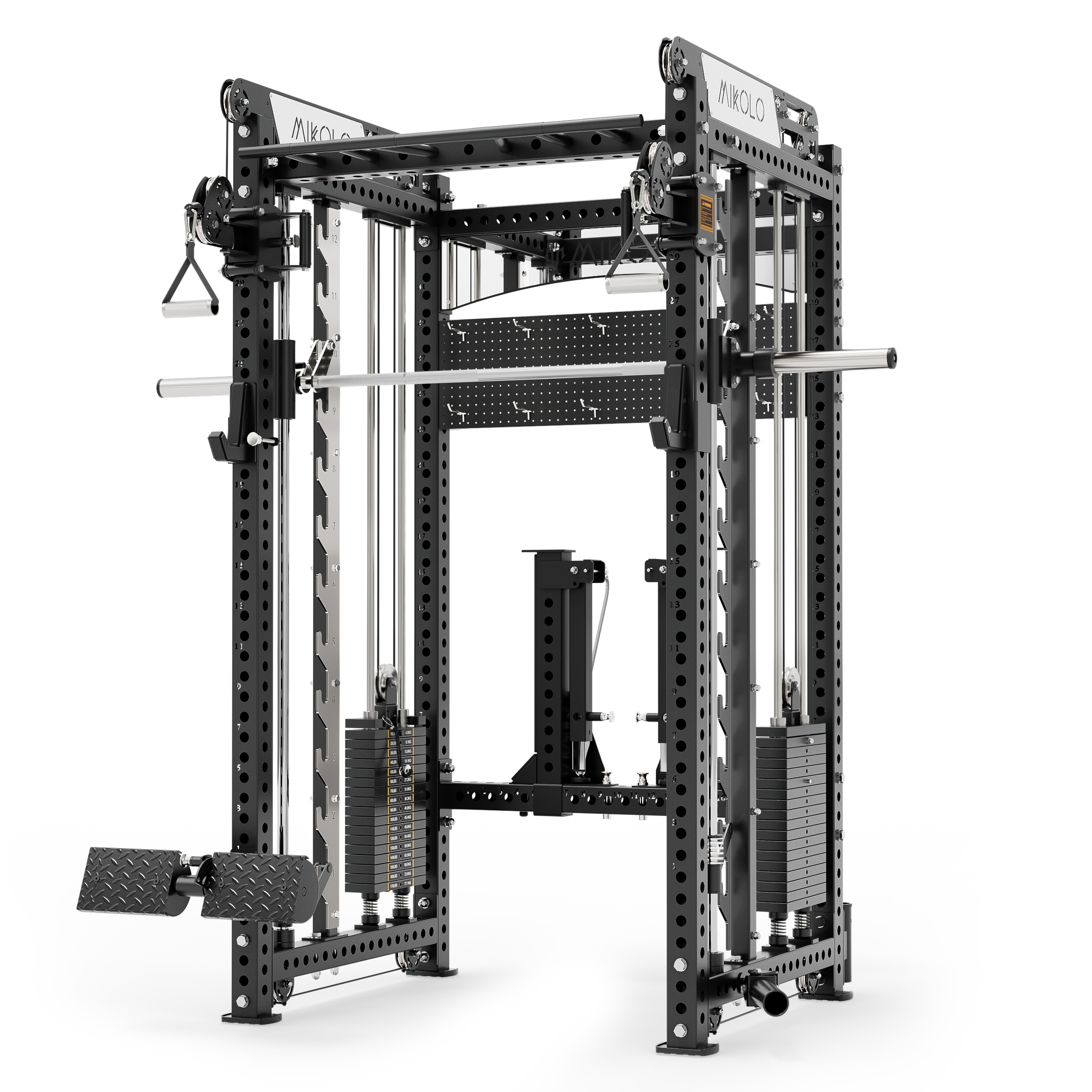

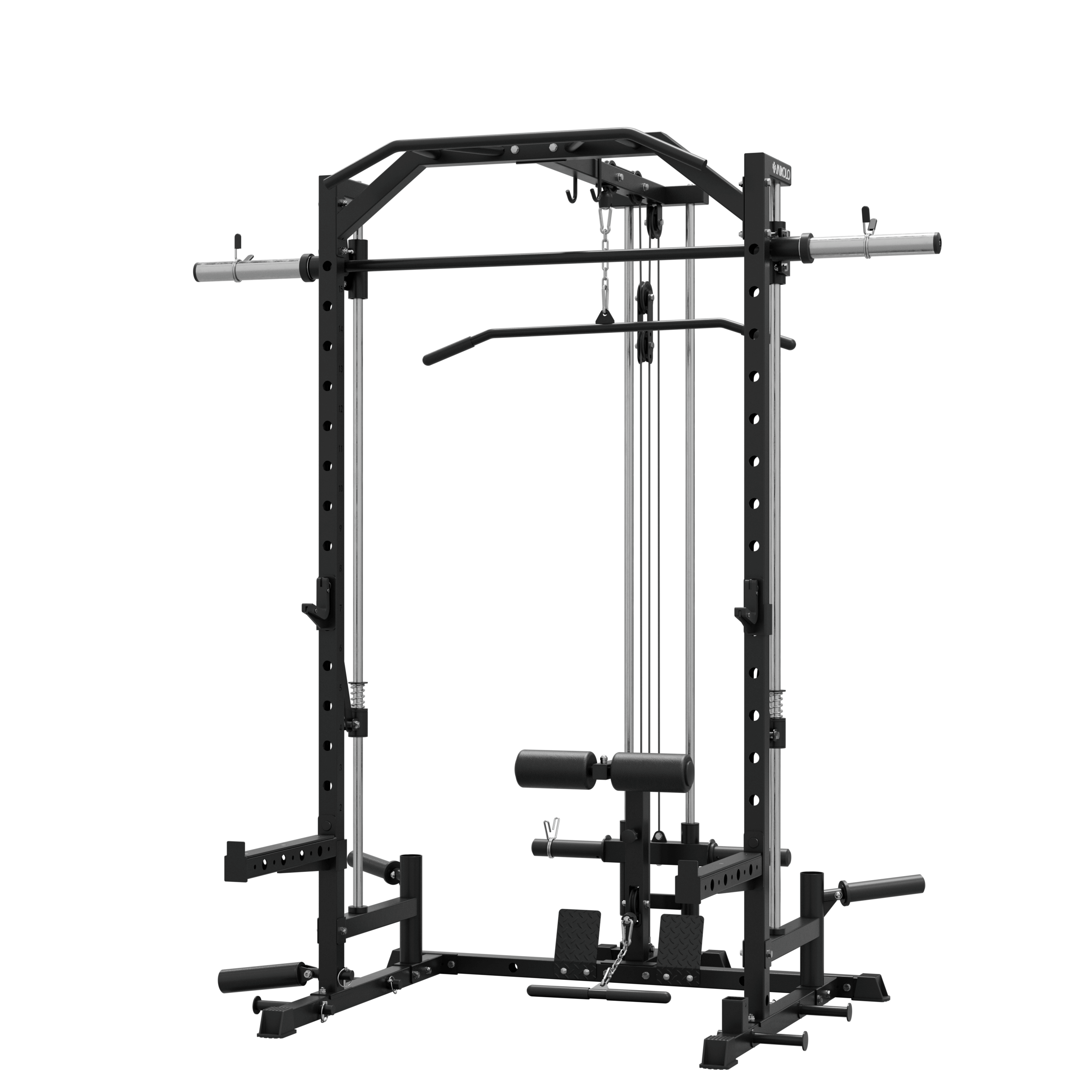
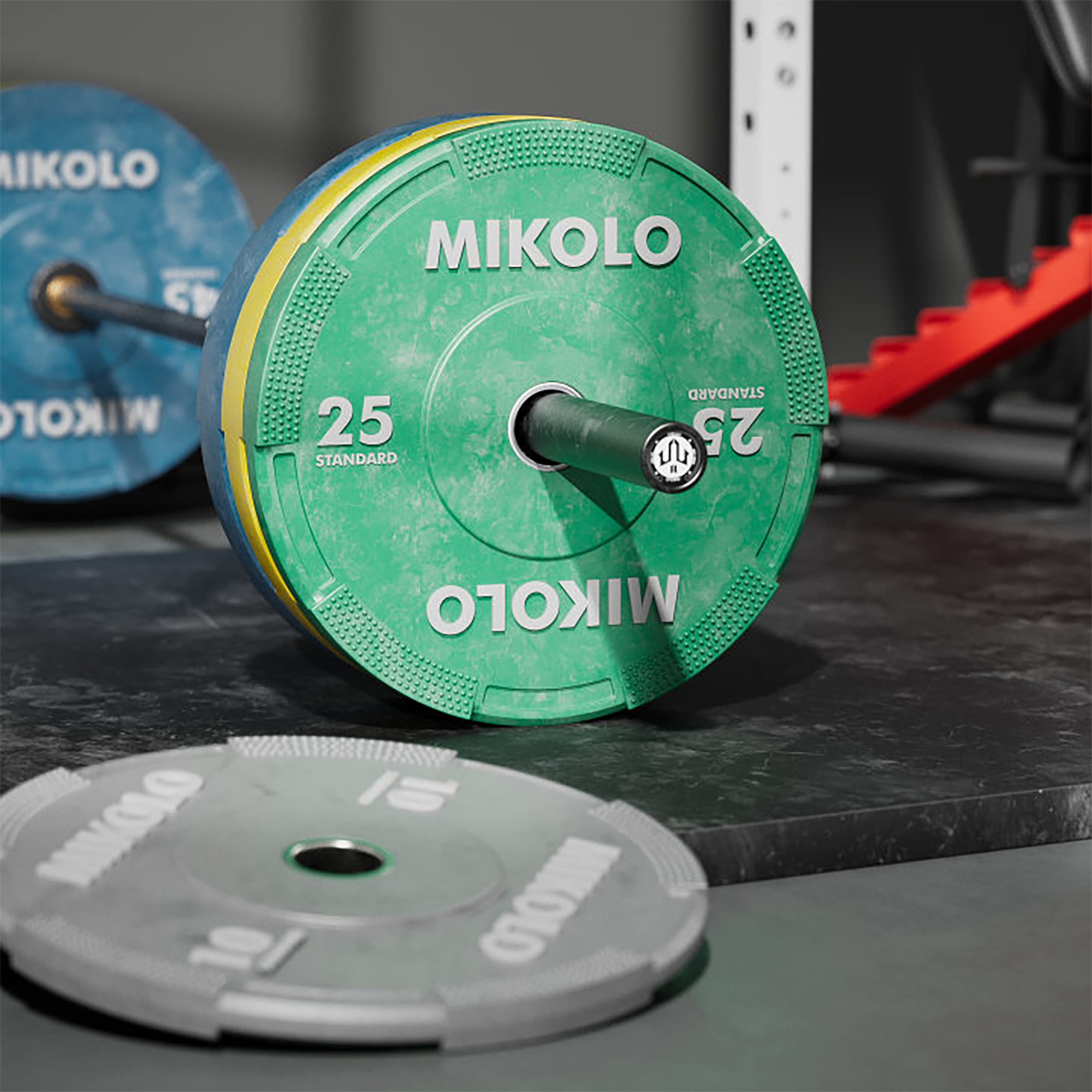
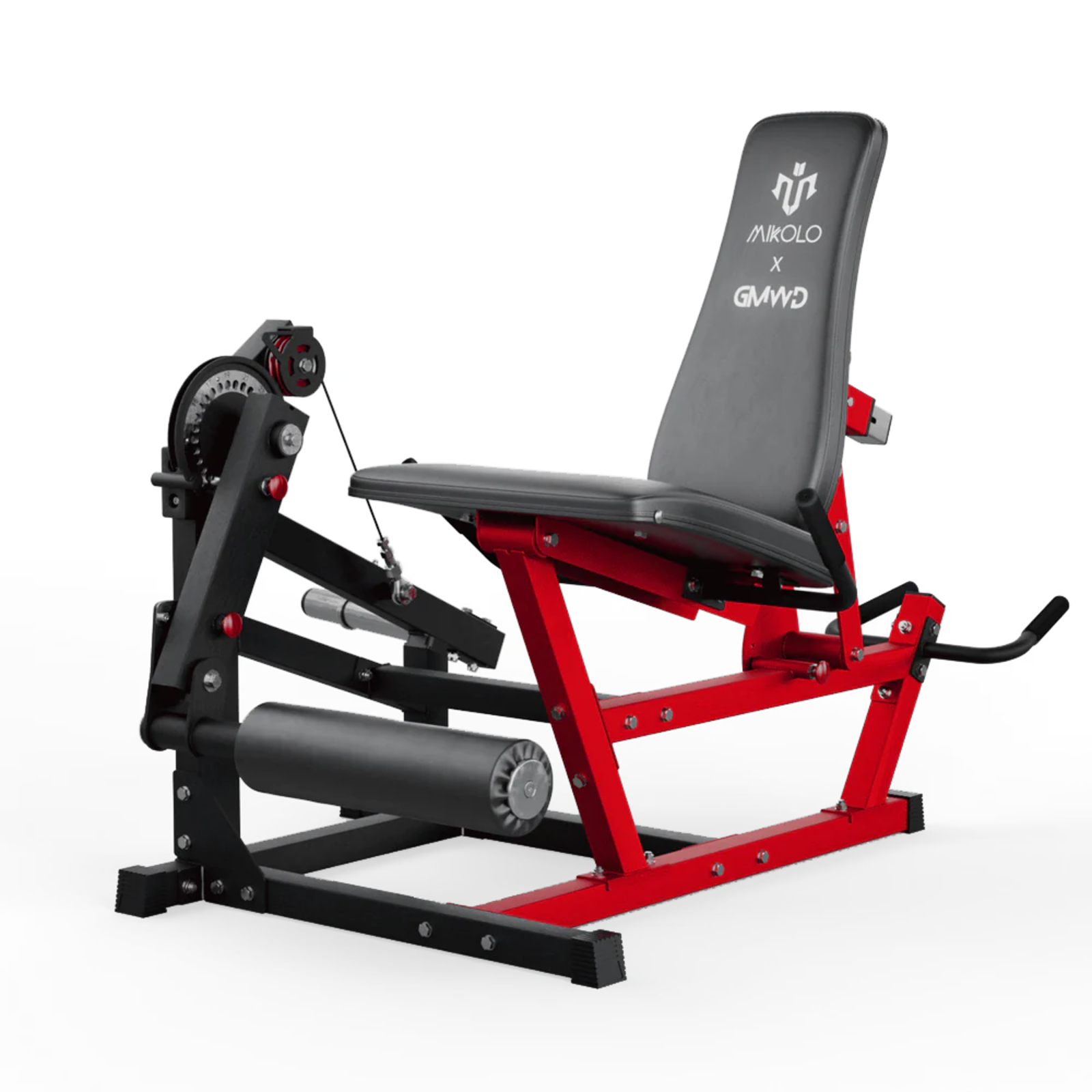

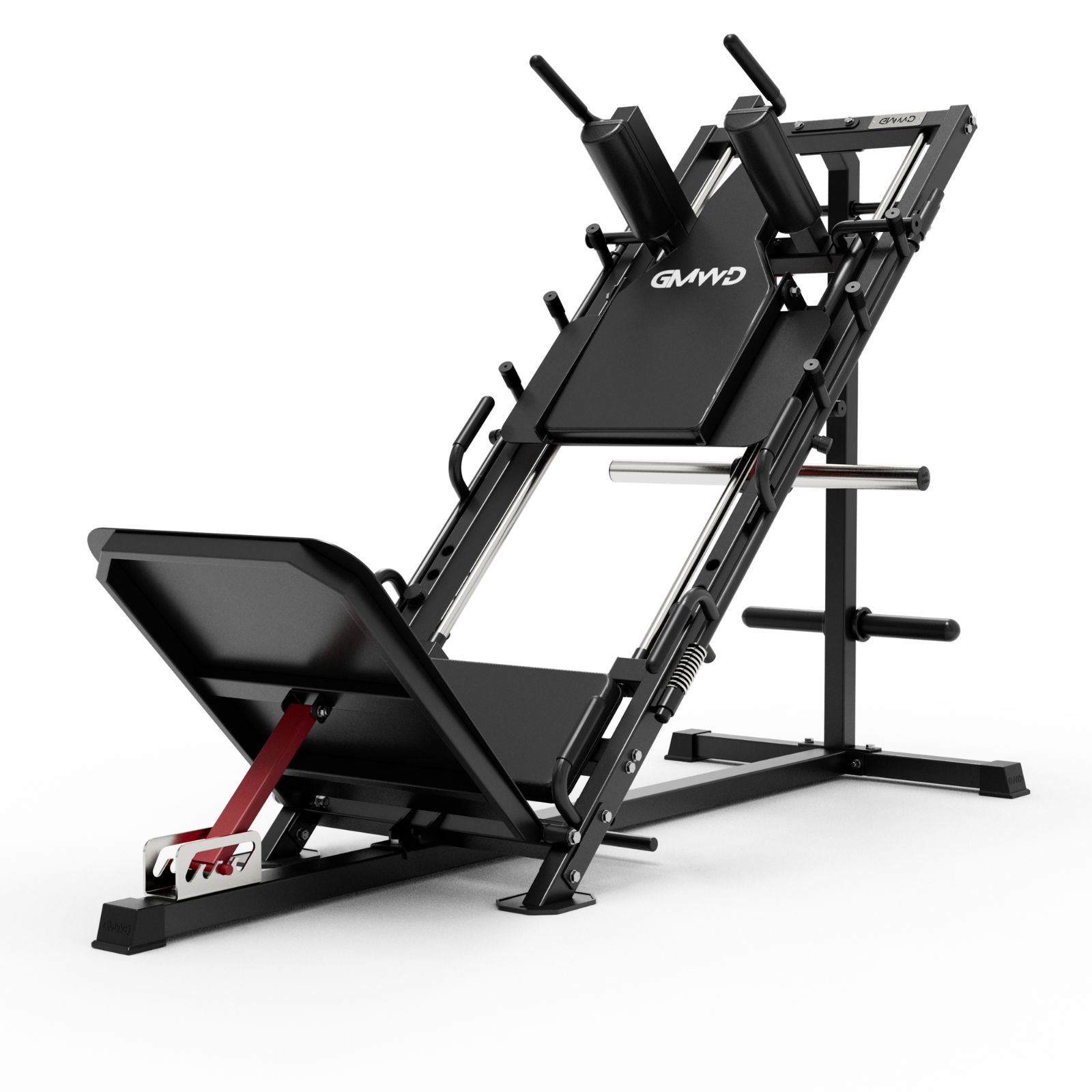


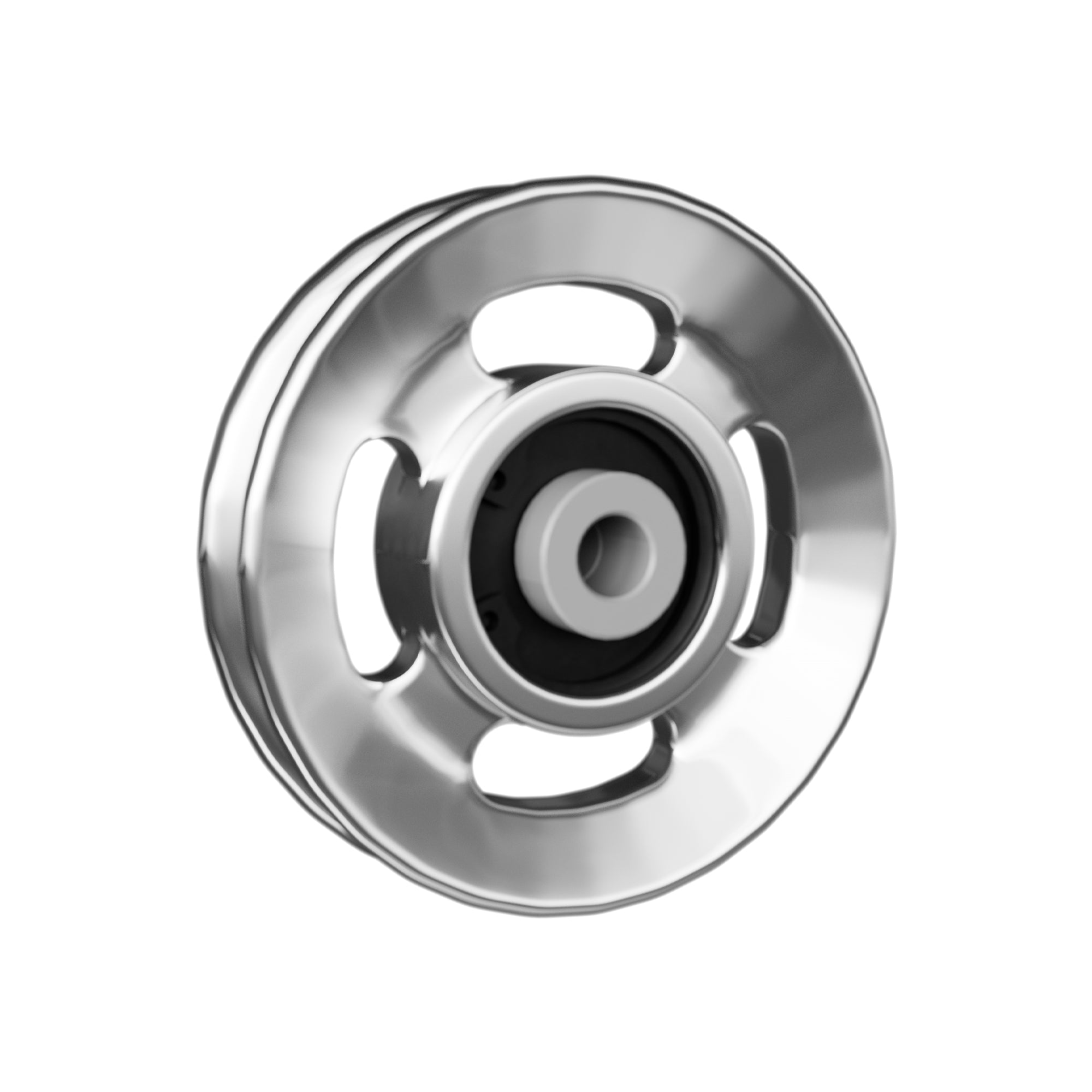
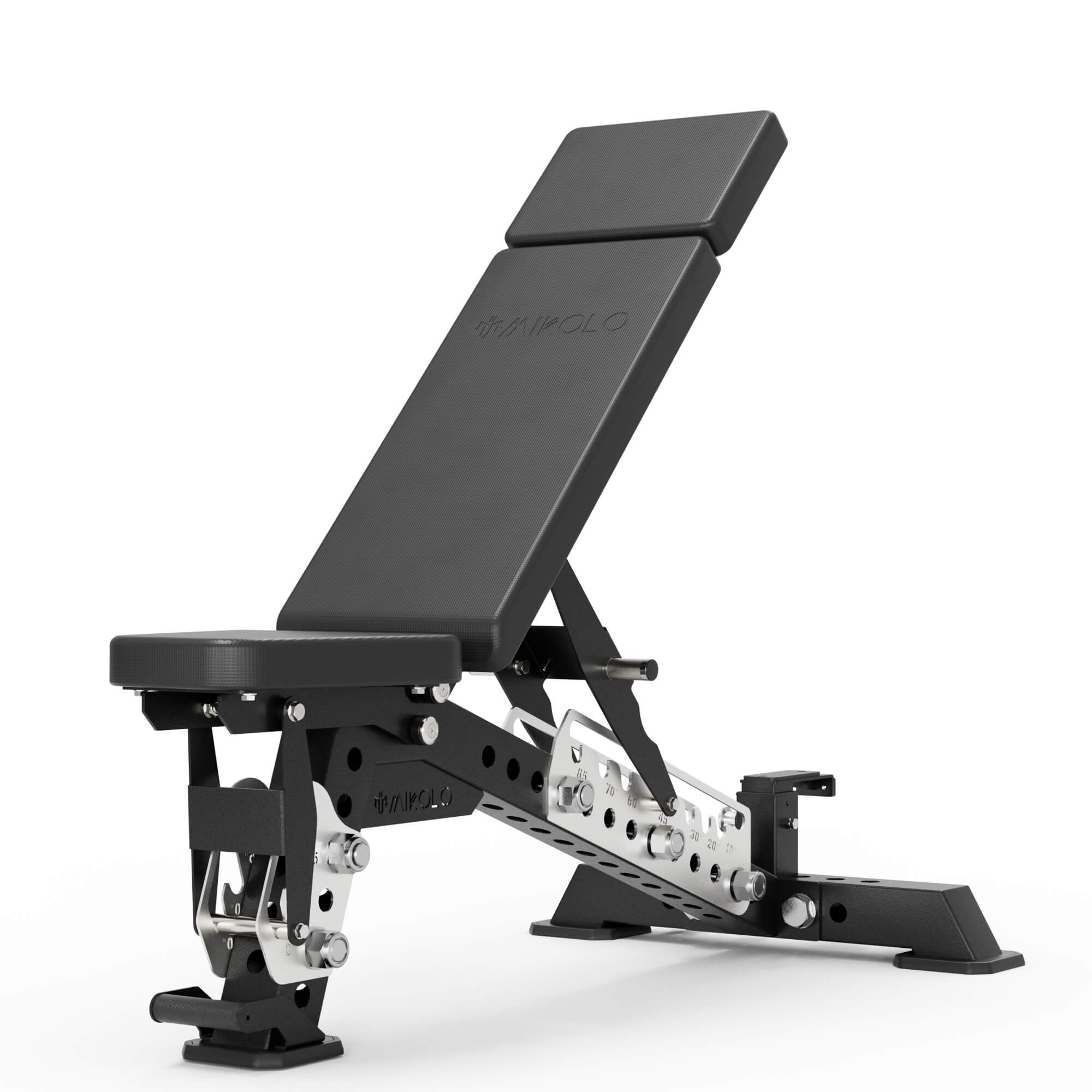
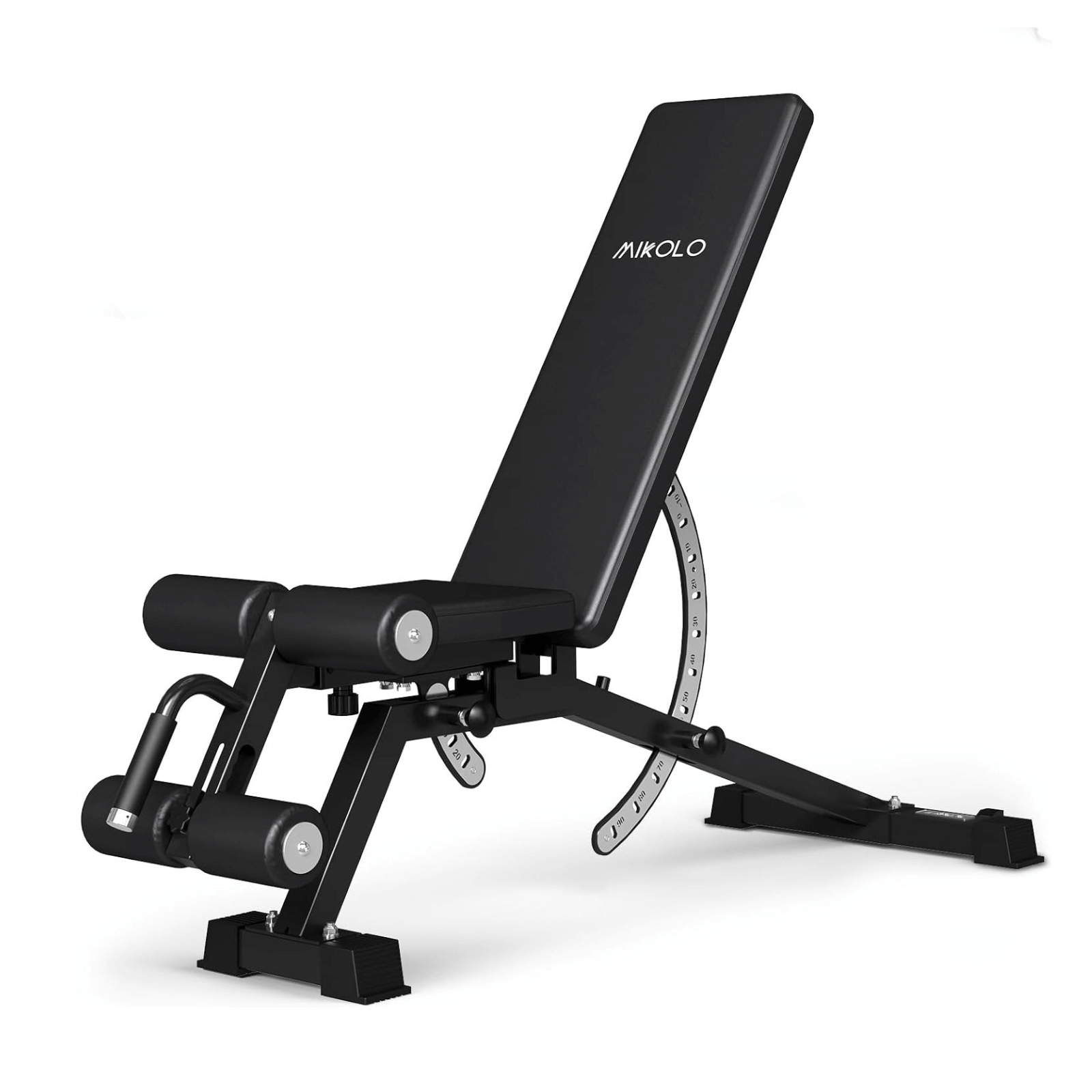

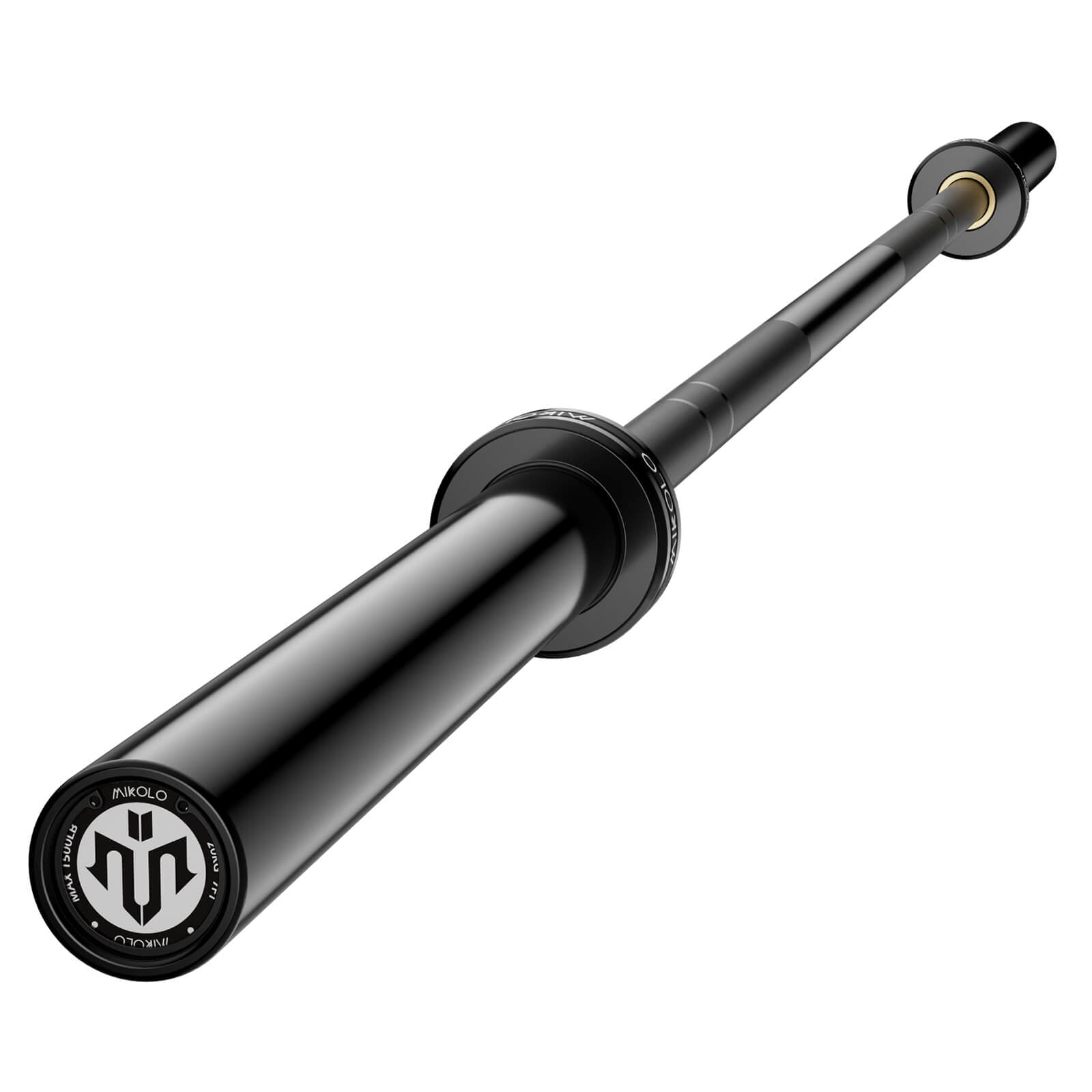
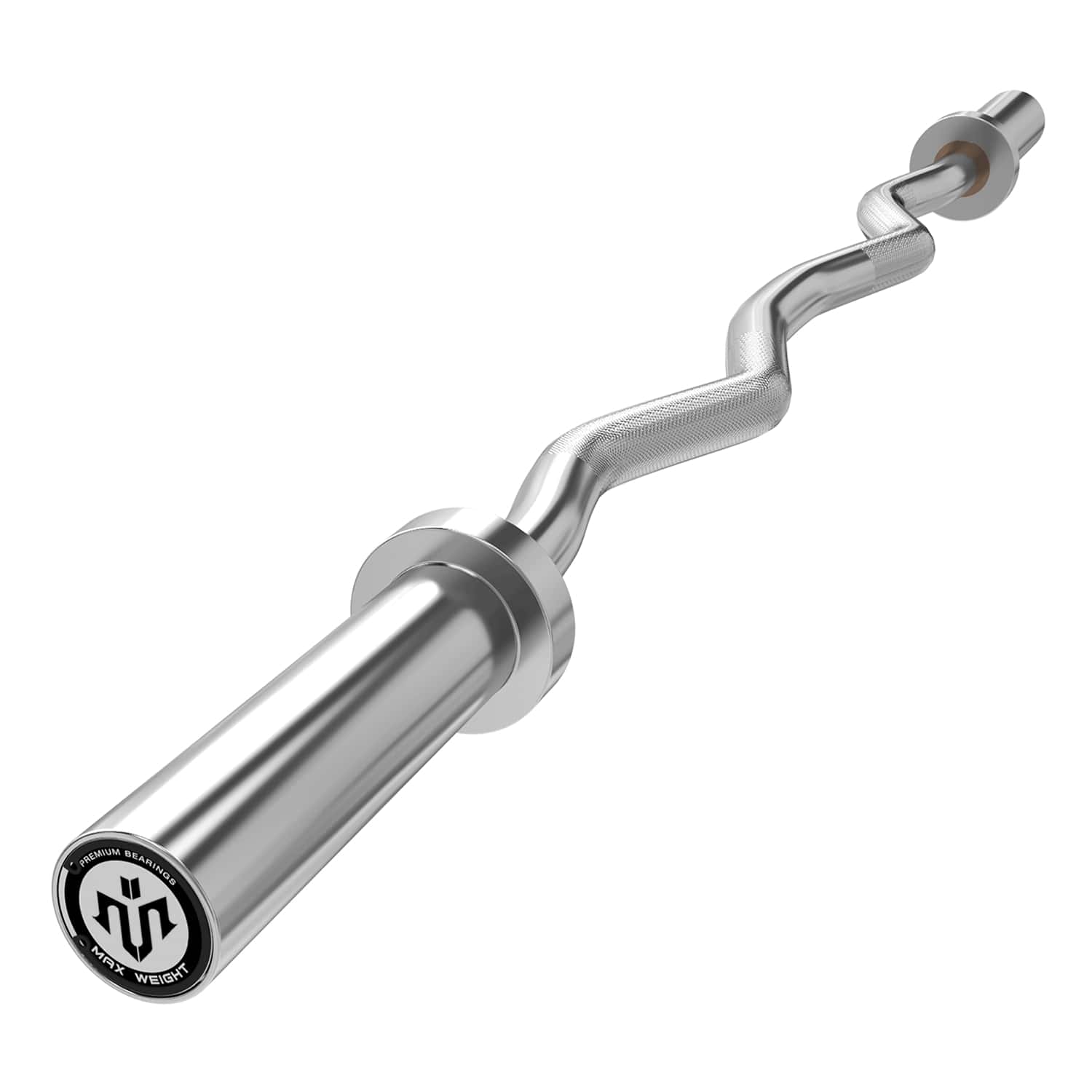
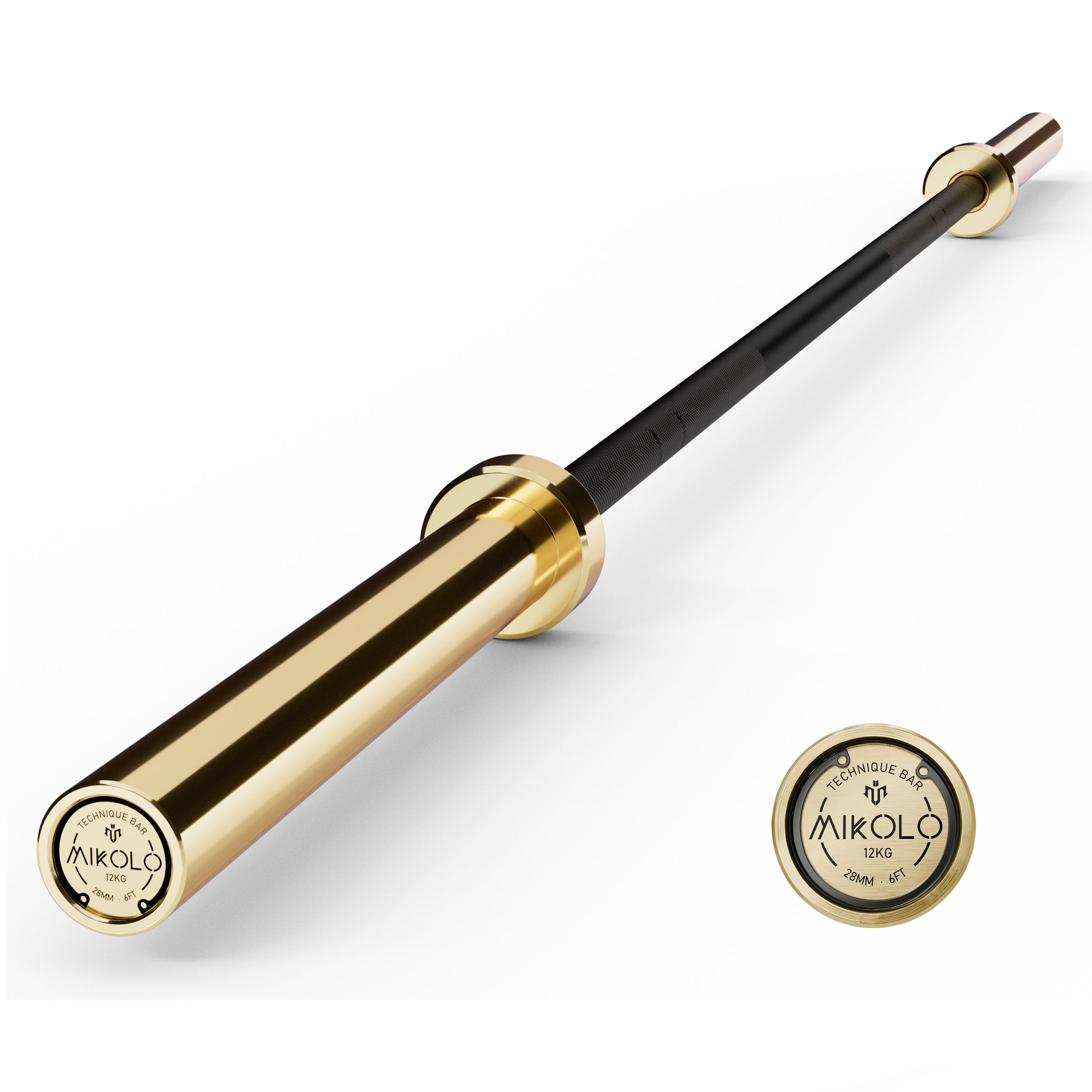
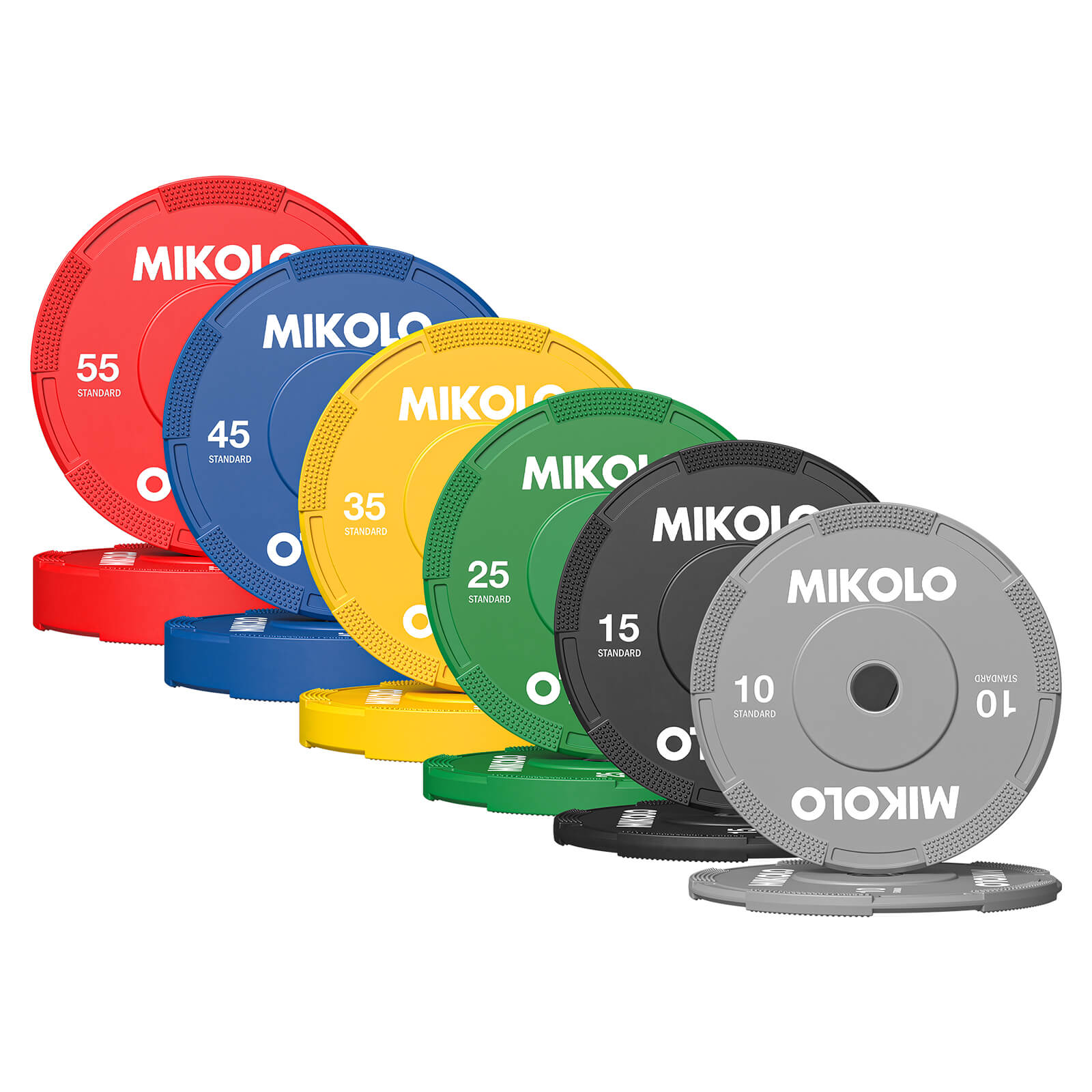
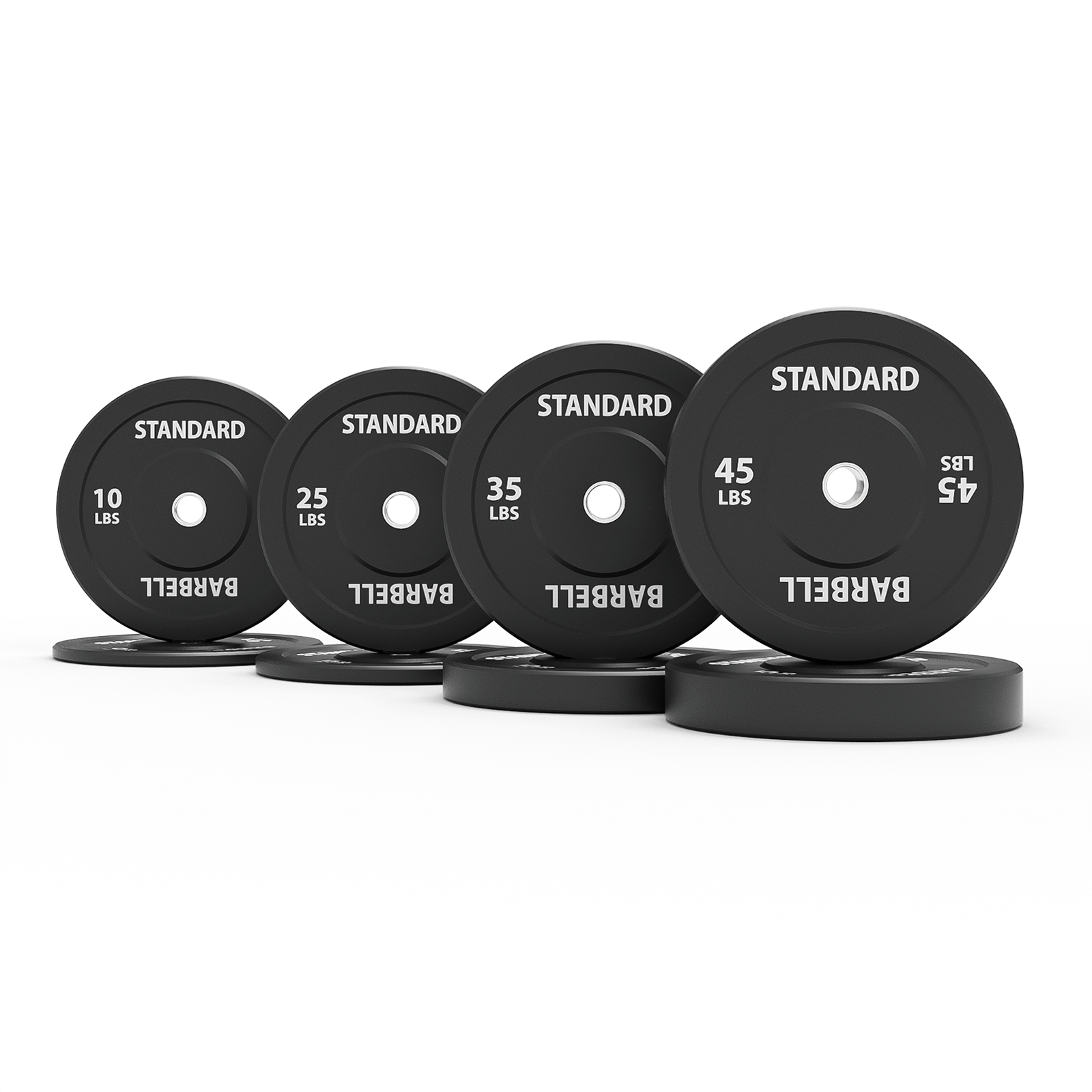
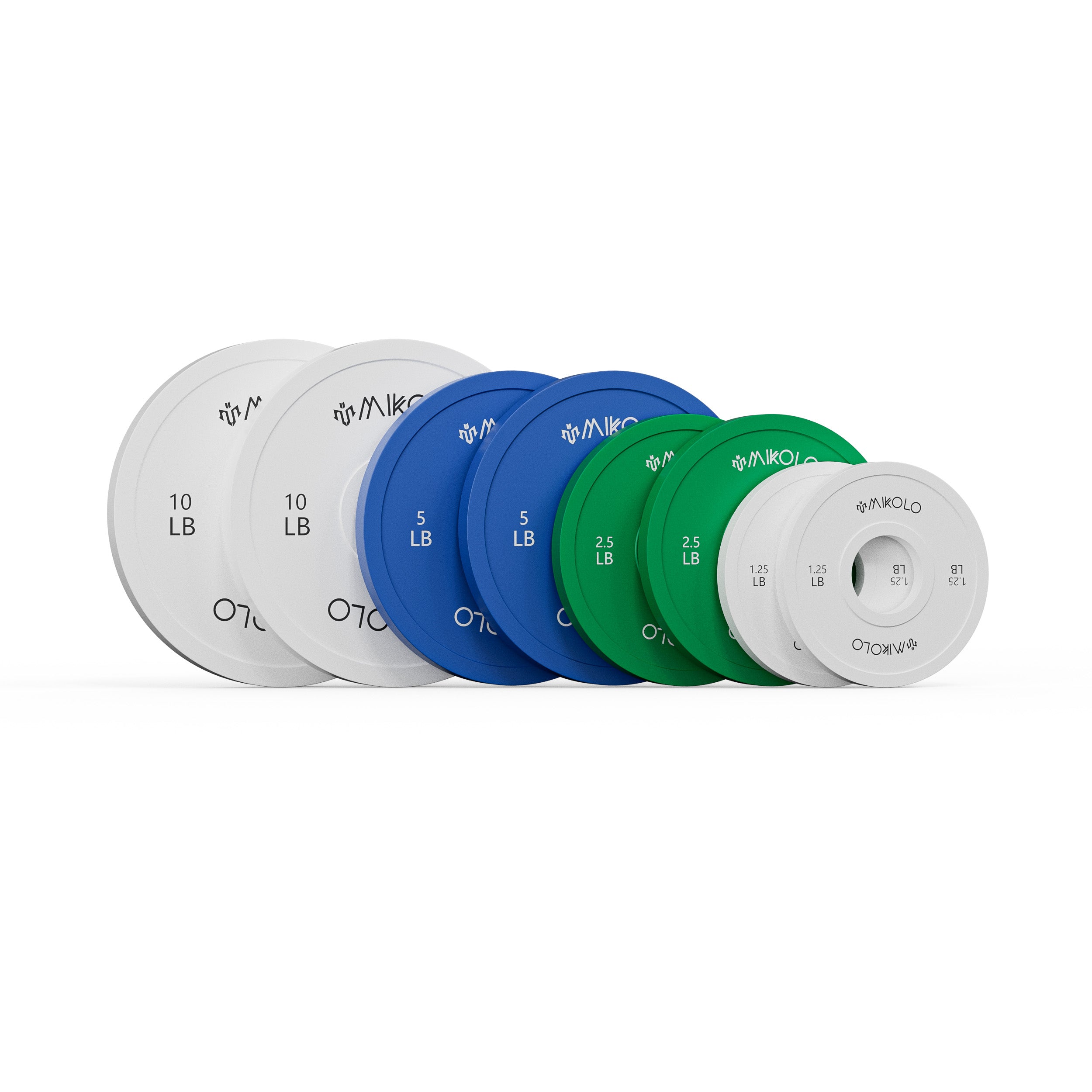


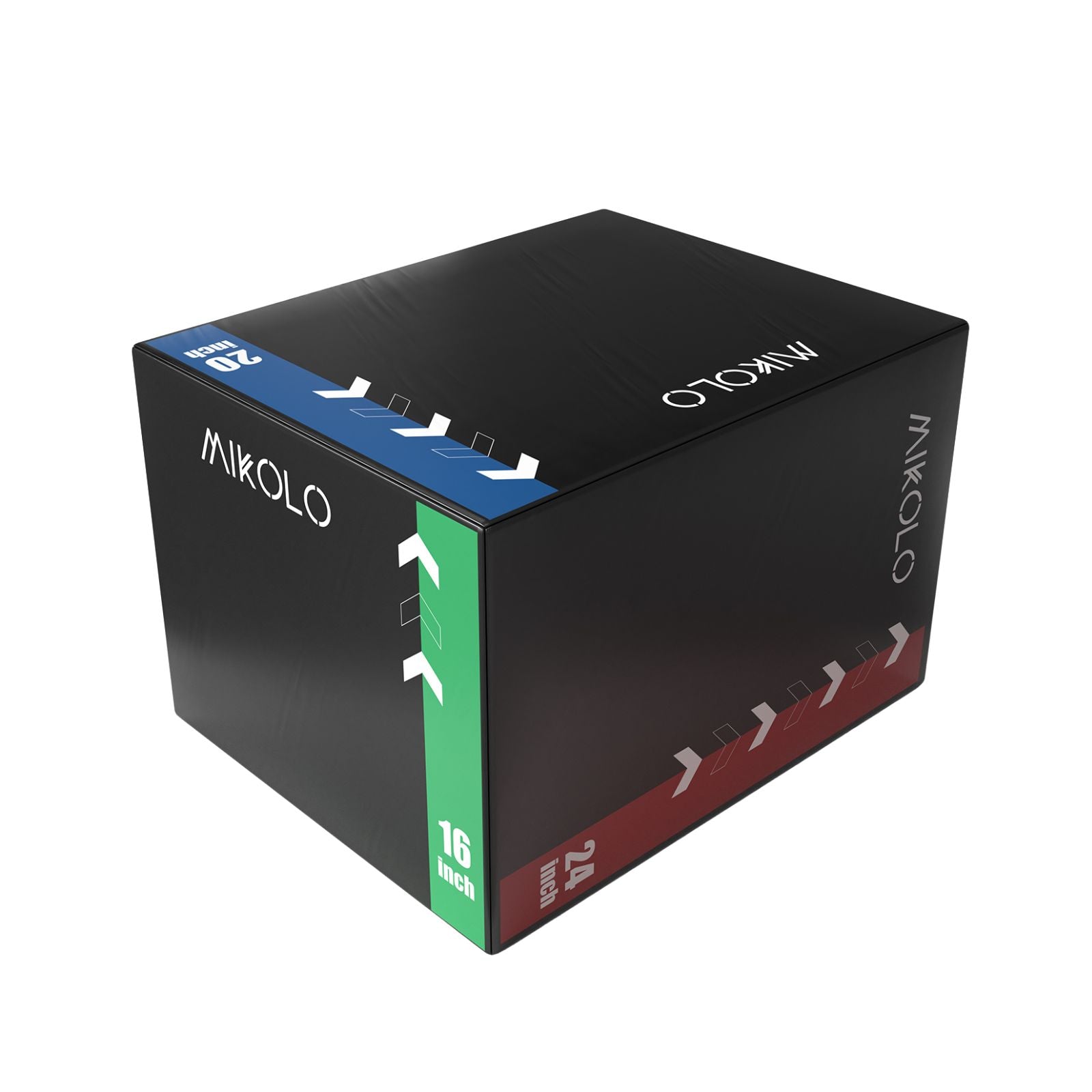
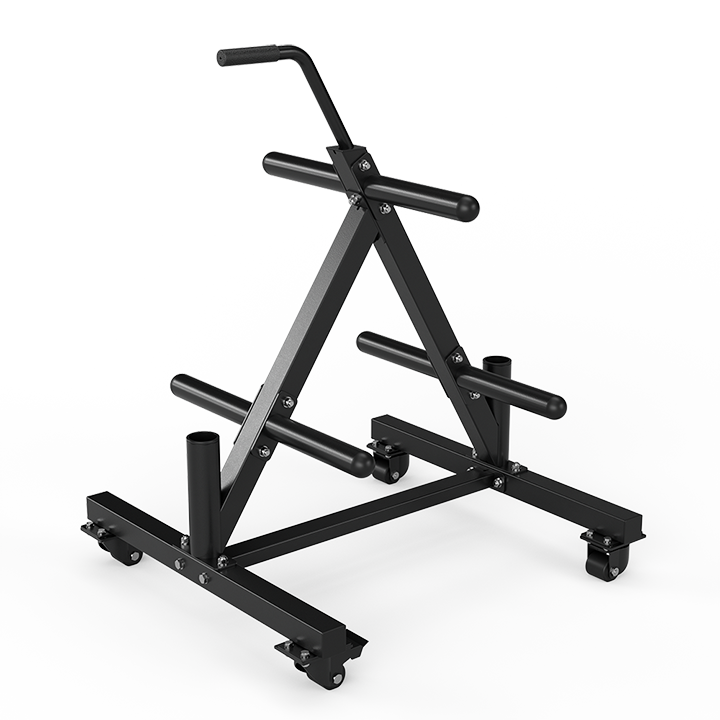

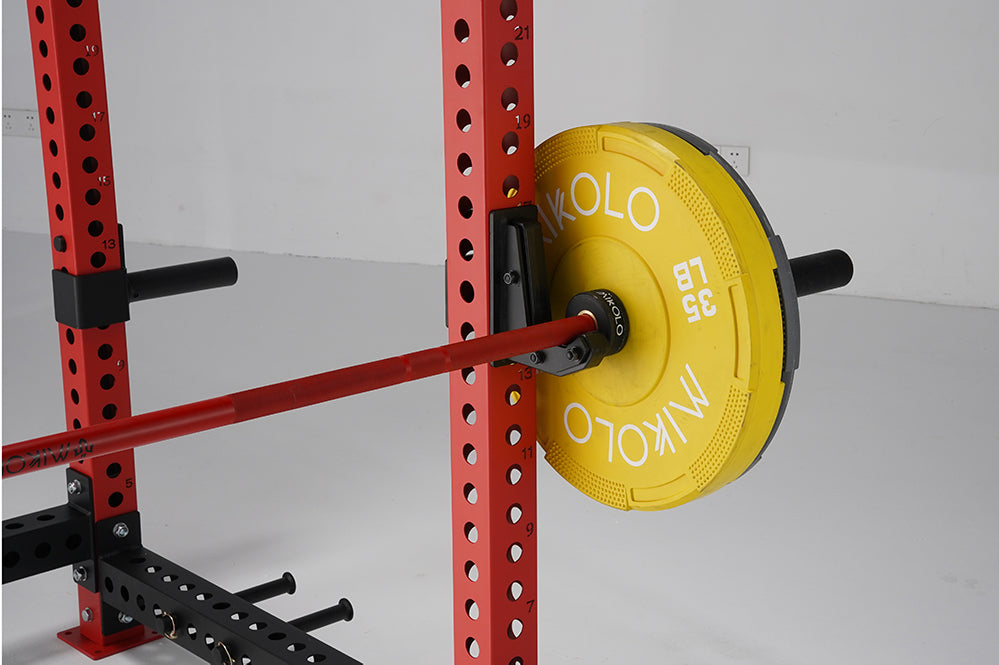




Leave a comment
This site is protected by hCaptcha and the hCaptcha Privacy Policy and Terms of Service apply.